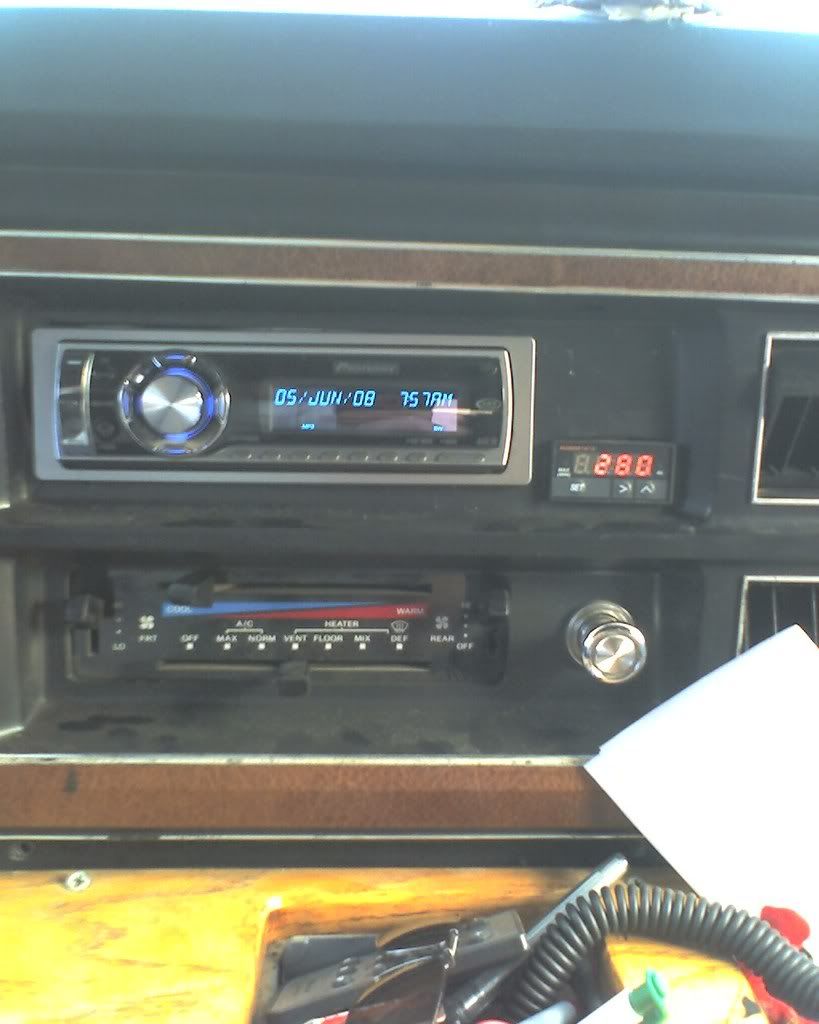I have seen mfrs suggest POST turbo mounting, and, after speaking with a tech rep, its a liability thing. No one wants to buy a turbo for a customer who installed a probe wrong, and blame the company.
As far as MFRs I have used...in order of preference for Pyros..
DiPricol
Isspro
Autometer
VDO
The DiPricol, and Isspro have the best response as far as a Pyrometer, at least IMHO. The autometer was good, but, seemed a little slow...but, for the record, the one I installed on my buddies car, seemed to react faster... so.. take what you will...
And I wasnt happy with the VDO...
Anyway, IF you have a turbo diesel, mount it PRE TURBO, in the manifold, before the turbo mounting flange. If its a V6 or V8 diesel, in the easiest to access manifold, before the flange.
You want to monitor EGTs for 2 things, first, being engine damage, 2nd, turbo damage.
I have seen several apps with pre and post turbo pyros, and the difference is interesting...
Chase

